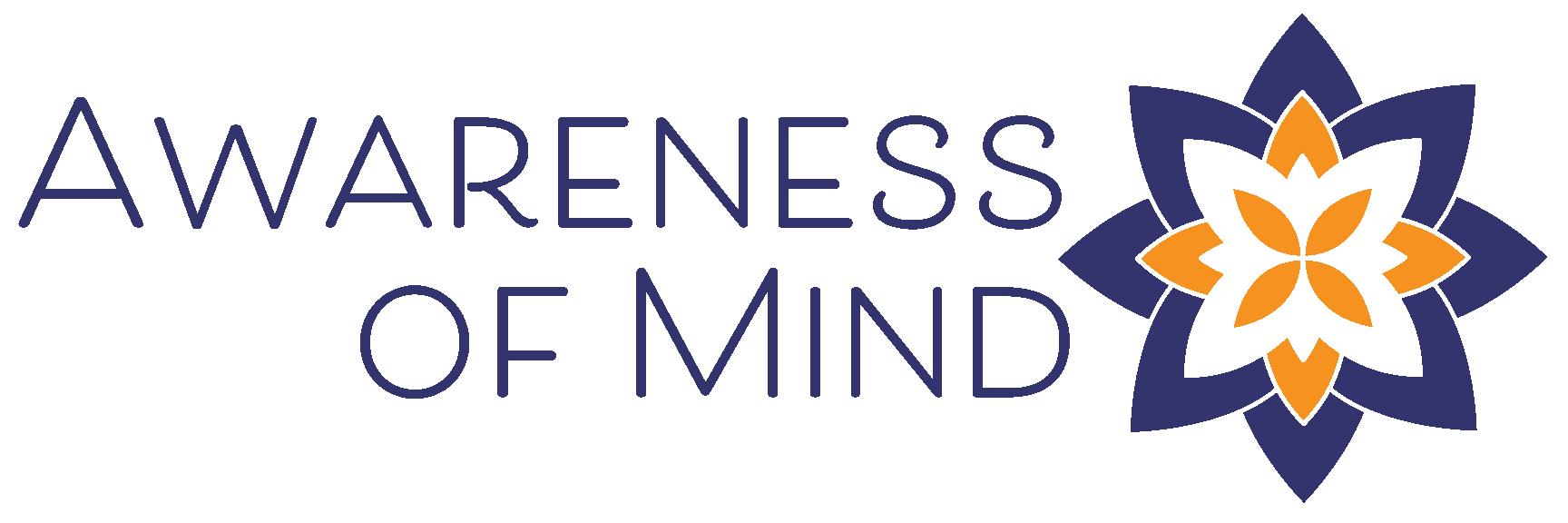For anyone who has experienced anxiety, it can come on so quickly. Anxiety is a strong emotion. It can feel different for different people and in different situations. The one common denominator no matter the person or situation, is that anxiety is not fun.
In talking about anxiety with a friend today, I was reminded of a helpful tool. When such tools and tips are shared, there is no guarantee that it will help you on your first attempt, or even a few times or at all. But it is a tool that has helped some people. Some people might find it helpful on their first attempt trying it. For others it might take several attempts of trying it out for it to become helpful. All to say, this is an offering. Something to try if it resonates with you.
Tool #1: Identifying where anxiety is felt physically in the body
When the feeling of anxiety arises, focus your attention on identifying where you feel it in the body. If you feel anxiety everywhere, identify where you feel it the most. Is it in the stomach? Shoulders? Front chest? Arms? Legs?
If the physical feeling still feels like it is everywhere in your body, pause for a moment. Redirect your attention to where you don’t feel anxiety. Is it possible you do not feel the anxiety in your pinky toe? Or your left buttock?
I always get a laugh when thinking about my pinky toe. It is that part of the body we give so little attention to, unless of course we stub it.
By focusing our attention on where we feel anxiety in the body, it can help create space around it. It shifts the mind from thinking "I am anxious" to "I feel anxiety in my (___________)". It goes from being everywhere to some places. The space is where the anxiety is not felt.
Try this:
If you begin to feel anxiety, identify where in the body you feel it the most. Which body parts are feeling the most pressure, stirring up of emotion?
Tool #2 Find your breath
The breath is a powerful and useful tool because it is accessible no matter where we are. It is with us everywhere we go. It may sound corny as I describe how the breath is with us everywhere we go but if you think about it, how often are you paying attention to your breath in any given day?
If you are experiencing anxiety, look for your breath. Think of your breath as an anchor that is grounding a boat that is at sea. The boat is like the body and mind, rocking and moving from the feelings of anxiety. The anchor is your breath. By focusing on your breath, you begin to bring stillness to the body.
Tool #3 Practice compassion for yourself like you would a friend
For many of us offering compassion to a friend is easier than ourselves. When a friend confides in us what they are feeling or going through, our heart opens up. We offer kind words and support directly from our heart. It doesn’t require much thought or will. It is natural.
It is not as natural or easy to have this same kind of compassion towards ourselves. Can you imagine talking to yourself like you would a friend? If a friend is experiencing anxiety, what would you say to them? Say this aloud in your mind or aloud where you are. Practice these words of empathy for someone else so that you can remember them for yourself.
The practice of self-compassion is just that – a practice. But with any practice, it gets easier and we get better at it if we keep practicing.
I hope these tools may be helpful to you or someone you know. Wishing you peace and calm in your day and week!
Photo by Matthew Wheeler
